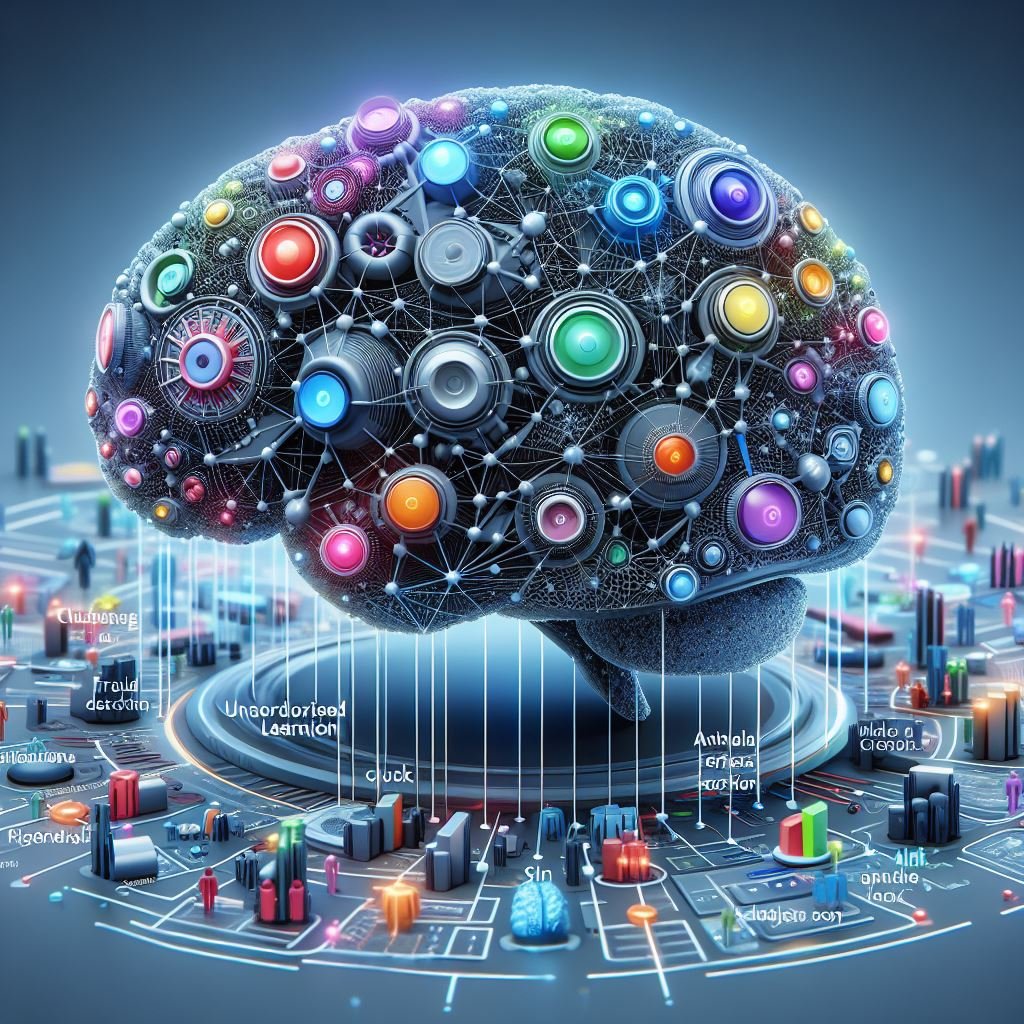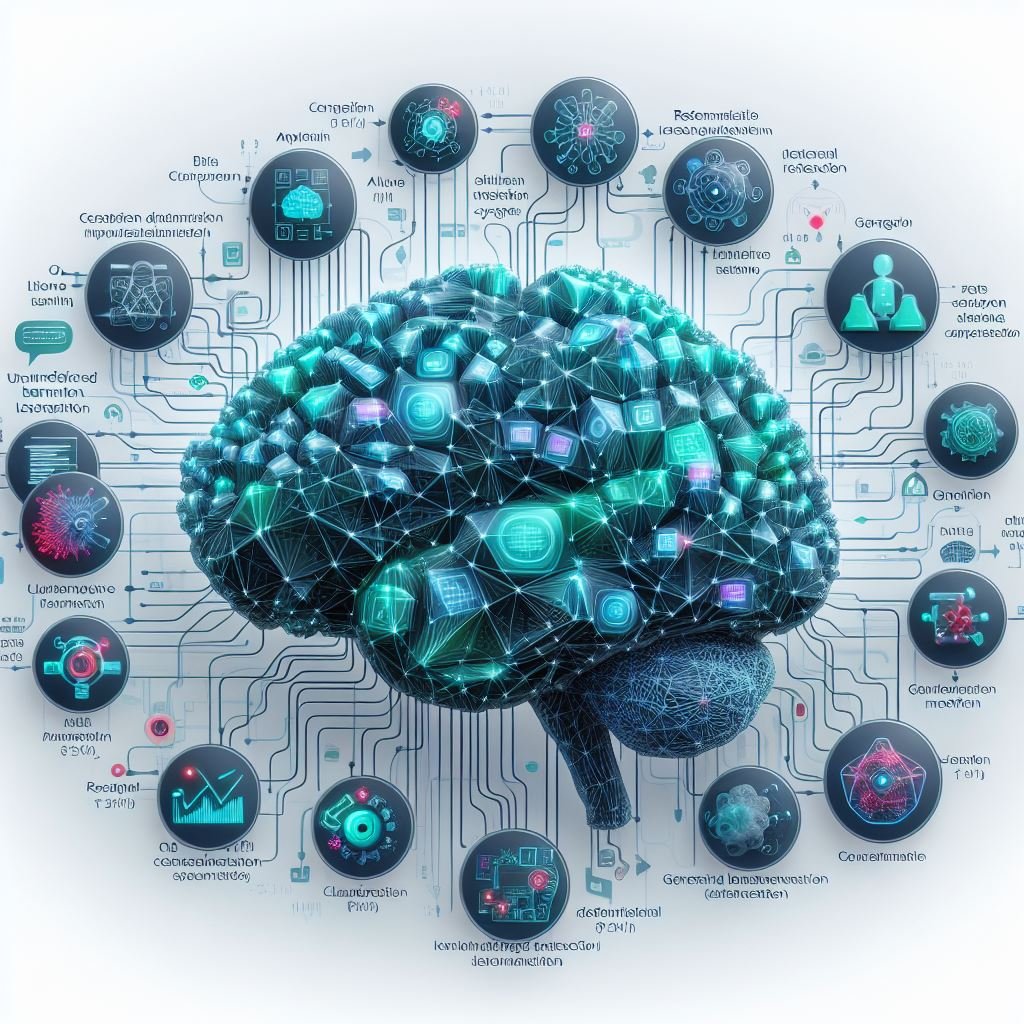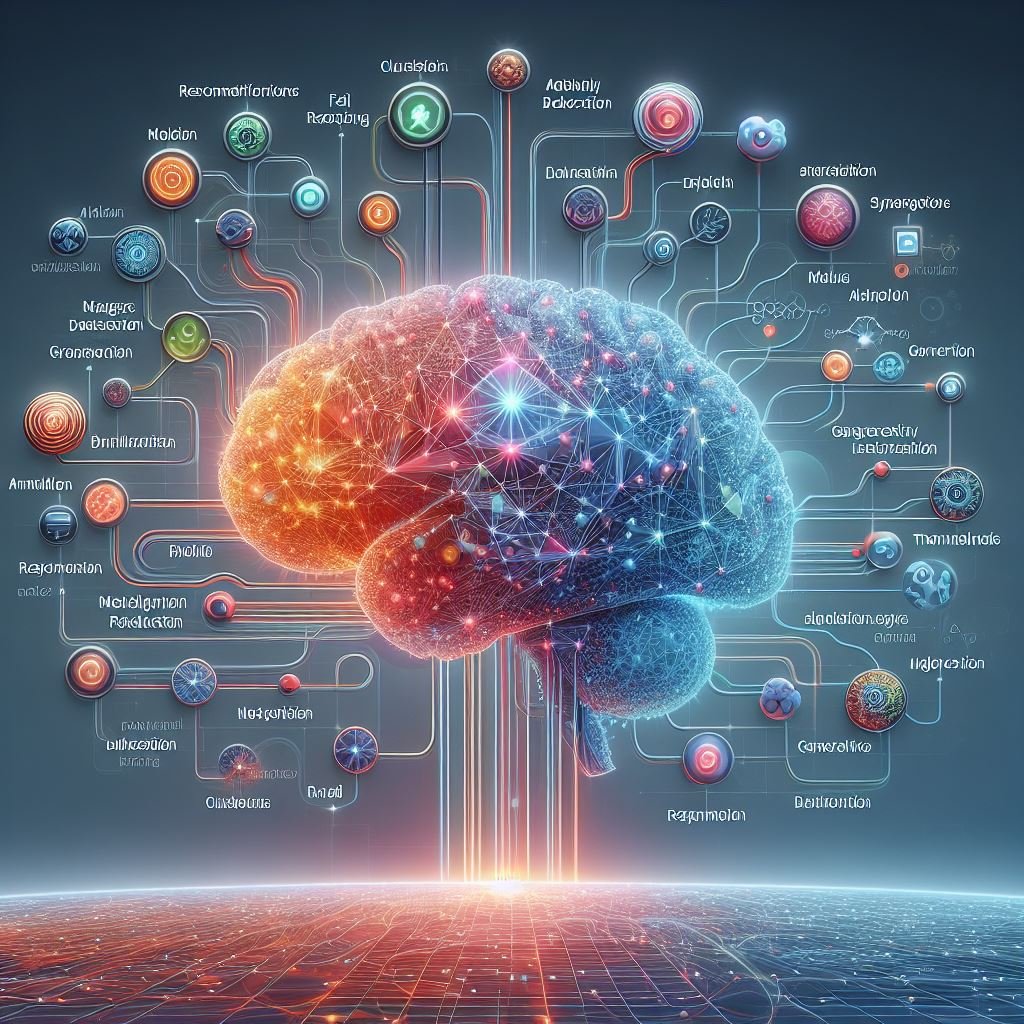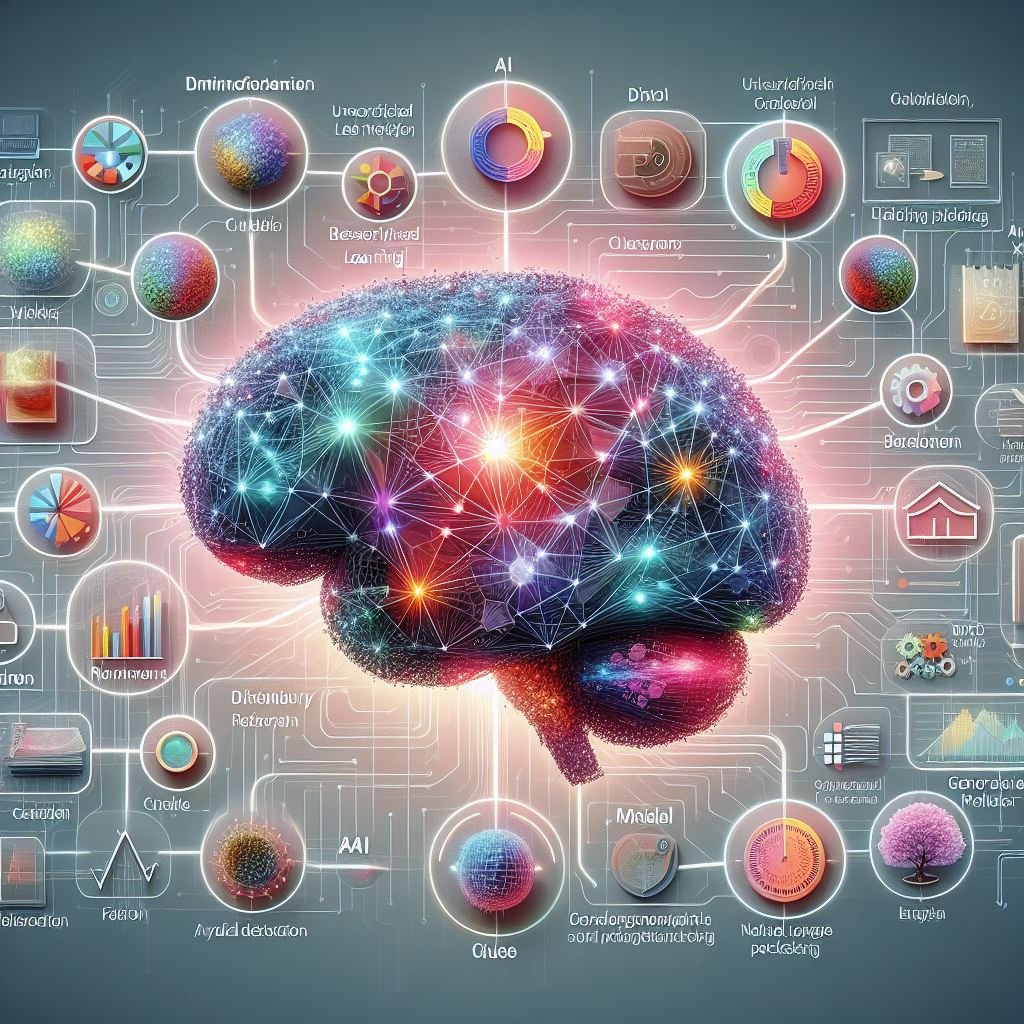Introduction
Unsupervised learning is a branch of artificial intelligence (AI) that involves training models without labeled datasets. Unlike supervised learning, where the algorithm is provided with labeled examples, unsupervised learning tasks involve uncovering patterns and relationships within data without explicit guidance. In this article, we will explore the fundamental concepts, applications, and challenges associated with unsupervised learning.
Types of Unsupervised Learning Algorithms
In this section, we will delve into various types of unsupervised learnings algorithms. This includes clustering algorithms, such as k-means and hierarchical clustering, which group similar data points together. Dimensionality reduction techniques, like principal component analysis (PCA) and t-distributed stochastic neighbor embedding (t-SNE), will also be discussed, as they play a crucial role in simplifying complex datasets.
Applications of Unsupervised Learning in Real-world Scenarios
Unsupervised learnings finds application in diverse fields. From customer segmentation in marketing to anomaly detection in cybersecurity, this section will explore real-world use cases where unsupervised learning algorithms prove invaluable. By understanding these applications, readers can grasp the wide-ranging impact and versatility of unsupervised learning.
Challenges and Limitations of Unsupervised Learning
While unsupervised learnings holds immense potential, it is not without its challenges. In this part of the article, we will address common issues such as the difficulty in evaluating model performance, the sensitivity to input data, and the potential for generating biased results. Acknowledging these challenges is crucial for practitioners seeking to implement unsupervised learnings effectively.
Unsupervised Learning in Natural Language Processing (NLP)
Natural language processing is an area where unsupervised learnings shines. This section will explore how unsupervised learnings techniques, like word embeddings and topic modeling, contribute to advancements in language understanding and generation. Examples from sentiment analysis, language translation, and text summarization will be discussed to illustrate the practical implications of unsupervised learnings in NLP.
The Role of Unsupervised Learning in Image and Speech Recognition
Unsupervised learnings plays a significant role in image and speech recognition. This section will highlight the applications of unsupervised learning in these domains, including feature extraction, clustering of similar images, and speech signal processing. Understanding these applications is crucial for those interested in the intersection of unsupervised learning and computer vision or audio processing.
Future Trends and Innovations in Unsupervised Learning
As technology evolves, so does the landscape of unsupervised learning. In this section, we will explore emerging trends and innovations, such as self-supervised learning and generative models. Understanding these developments is essential for staying at the forefront of AI research and applications.
Ethical Considerations in Unsupervised Learning
The ethical implications of unsupervised learnings cannot be ignored. This section will discuss concerns related to privacy, bias, and transparency in the context of unsupervised learning algorithms. Examining the ethical dimensions of AI is crucial for ensuring the responsible and fair deployment of unsupervised learning models.
Case Studies: Successful Implementations of Unsupervised Learning
Real-world success stories can provide valuable insights into the effectiveness of unsupervised learning. This section will present case studies of organizations or projects that have achieved notable results through the implementation of unsupervised learnings algorithms.
Uses of AI
| Application | Description |
|---|---|
| Natural Language Processing (NLP) | Understanding and generating human language. |
| Image Recognition | Identifying and categorizing objects within images. |
| Speech Recognition | Transcribing spoken words into text and vice versa. |
| Anomaly Detection | Identifying abnormal patterns or outliers in data. |
| Customer Segmentation | Grouping customers based on similarities for targeted marketing. |
| Dimensionality Reduction | Reducing the number of features in a dataset for easier analysis. |
| Generative Models | Creating new, realistic data instances, such as images or text,. |
| Clustering | Grouping similar data points together based on certain criteria. |
| Self-Supervised Learning | Training models with automatically generated labels from the data itself. |
| Sentiment Analysis | Determining the sentiment expressed in textual content. |
Conclusion
In the concluding section, we will summarize the key takeaways from the article. Emphasizing the significance of unsupervised learnings in the broader field of artificial intelligence, we will encourage readers to explore further and stay informed about the ongoing advancements in this dynamic and evolving domain.




